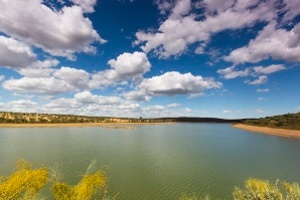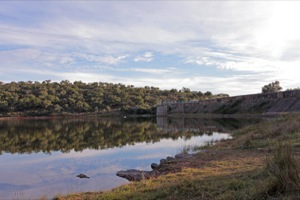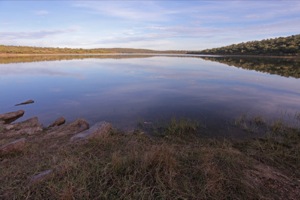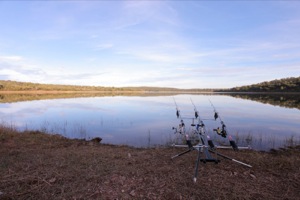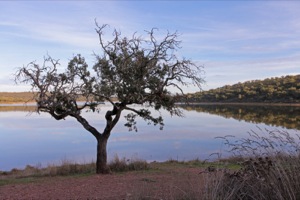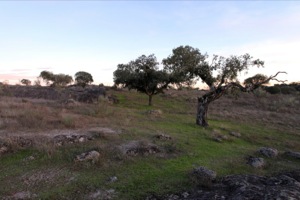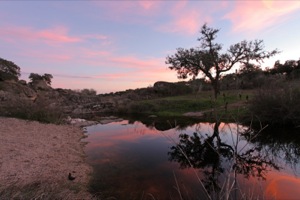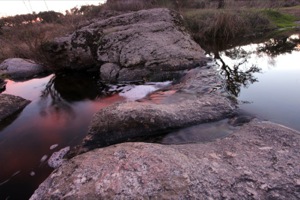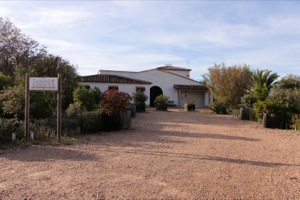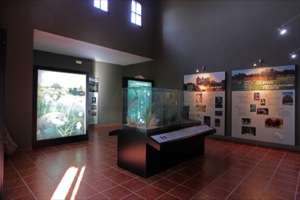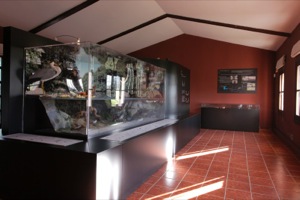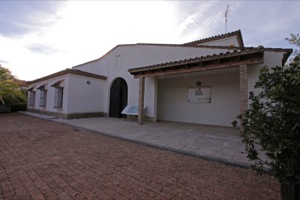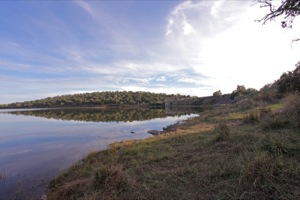Nature areas
Cornalvo Nature Reserve
Roman remains, local biodiversity, Mediterranean vegetation... These are just some of the attractions offered by this park, where you can lose yourself in nature very close to Mérida.
- Explore
- Cornalvo Nature Reserve
Water pressed into service by the Empire
Location and Contact:
- Tel.:+34 924327400
- Tel.:+34 630125172
- Email: ci.cornalvo@juntaex.es
- Website address: extremambiente.juntaex.es/index.php?option=com_content&view=article&id=998
- Facebook: https://www.facebook.com/pncornalvo
- Twitter: https://twitter.com/PN_Cornalvo
- Opening times
INTERPRETATION CENTRE
WINTER:
From 9am-2pm and from 4-6pm.
SUMMER:
From 8am-3pm
- Fee
Free admission.
-
Roman remains, local biodiversity, Mediterranean vegetation... These are just some of the attractions offered by this park, where you can lose yourself in nature very close to Mérida.
The Cornalvo Nature Reserve is just 10 kilometres from Mérida. This park takes its name from the horned shape of its lake and the white waters of the Albarregas river, which led the Romans to call it Cornus Albus (the white horn). Perhaps it was this unusual shape that led them to decide to build a dam across the Albarregas river to supply water to the Roman city of Emérita Augusta (now Mérida). This was declared a National Monument in 1912 and, despite its age, it is still in use today for its original purpose as it is so well preserved and so important. This dam is not the only Roman remains of priceless historical value in the area, as there are also underground watercourses, fountains, villas, roads, bridges and even Roman control posts.
The Aljucén river and the Muelas and Fresneda streams water the vegetation along their banks, together with the Mediterranean forests and woodlands thriving on the mountain slopes, giving this space its special charm. These ecosystems have helped with the proliferation of fish native to the Guadiana and its tributaries, such as loach, bream, linnet and anaecypris hispanica (jarabugo). This area is not to be missed if you love fishing.
If you prefer taking a walk through the hills, perhaps you will be lucky enough to come across a gato montés wildcat, an almost extinct species that still lives in the park. Or you might glimpse some of the hundreds of bird species that live in the area, such as the black stork, white stork, black-winged kite or honey buzzard.
This Park is the perfect place to lose yourself in nature and disconnect from the world, either on foot or by bike.
-
Type:
- Natural Park
Accessibility:
- Disabled access
- Admits guide dogs
- Accessible car park
- Adapted route for disabled people
- Adapted paths
- Signs in Braille
- Toilet with disabled access
- Toilet with support rails
Services:
- Parking
- Restroom
- Outreach Material
- picnic areas
- Interpretive panels
- Guided Tours
Gallery:
More suggestions
-
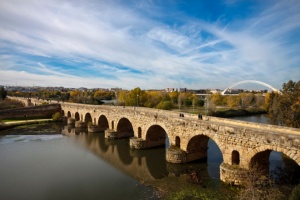
Mérida, roman to modern-day city
In addition to being some of the most important Roman remains in Europe, Mérida has many leisure activities and services.
-
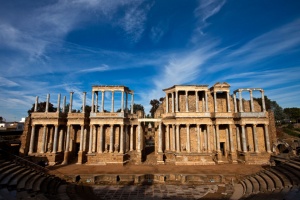
Archaeological Ensemble of Mérida
Mérida's Roman past is still very obvious from the many monuments remaining, reflecting life in one of the Empire's provincial capitals.


